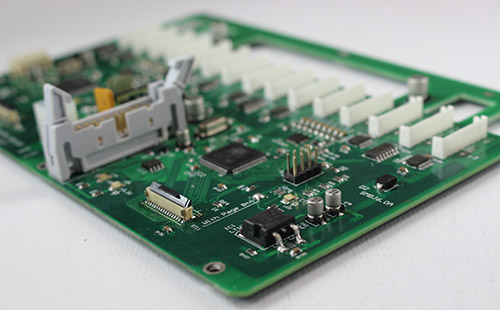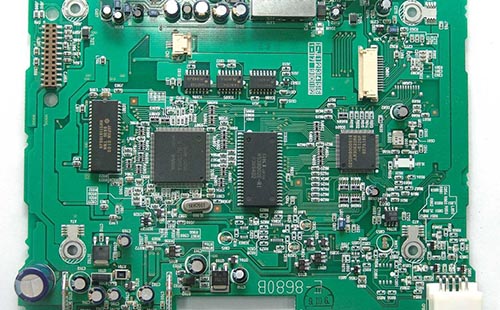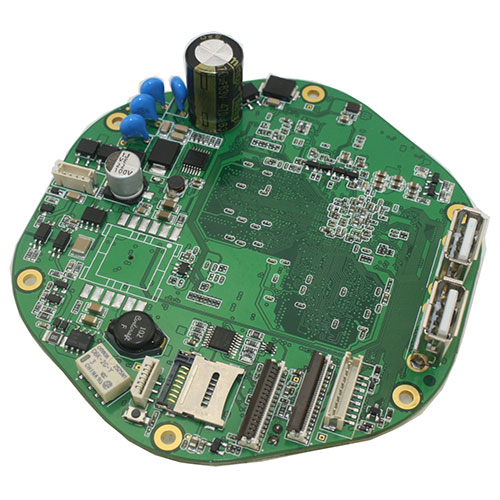
PCB design: Why should the impedance be controlled at 50 ohms?
What is impedance? Why should the impedance be controlled at 50 ohms in PCB design? Let's learn about impedance.
Impedance: In a circuit with resistance, inductance and, the resistance to the current in the circuit is called impedance. It is often represented by Z, which is a complex number. The real part is called resistance, and the imaginary part is called reactance.
The unit of impedance is ohm.
During PCB design, before wiring, we usually stack the items we want to design, and calculate the impedance according to the thickness, substrate, number of layers and other information.
The single ended network above is generally controlled by 50 ohms, so many people will ask why it is required to control by 50 ohms instead of 25 ohms or 80 ohms?

First of all, 50 ohms is selected by default, and everyone in the industry accepts this value. Generally speaking, it must be a standard formulated by a recognized organization, and everyone is designed according to the standard. A large part of electronic technology comes from the military. First of all, the technology is used in military, and gradually changed from military to civilian. In the early days of microwave application, during World War II, the selection of impedance completely depended on the needs of use, and there was no standard value. With the development of technology, it is necessary to provide impedance standards in order to balance the economy and convenience. In the United States, the most commonly used conduit is connected by the existing ruler rod and water pipe, 51.5 ohms is very common, but the adapters and converters seen and used are 50-51.5 ohms; In order to solve these problems, an organization named JAN (later DESC organization) was established, which was specially developed by MIL. After comprehensive consideration, 50 ohms was finally selected. Therefore, the relevant conduits were manufactured and transformed into various cable standards. At this time, the European standard was 60 ohms. Soon after, under the influence of companies such as Hewlett Packard, which were dominant in the industry, Europeans were forced to change. So 50 ohms eventually became a standard in the industry and became a convention. For the sake of impedance matching, PCBs connected with various types of cables were finally required to follow the 50 ohm impedance standard.
Secondly, the formulation of general standards will be based on the comprehensive consideration of PCB production process, design performance and feasibility.
From the perspective of PCB production and processing technology, considering the equipment of most existing PCB manufacturers, it is easier to produce a PCB with 50 ohm impedance. From the impedance calculation process, it can be seen that a low impedance requires a wide line width, a thin medium or a large dielectric constant, which is difficult to meet in space for high-density plates at present; High impedance requires thin line width, thick medium or small dielectric constant, which is not conducive to EMI and crosstalk suppression. At the same time, the processing reliability of multilayer boards and mass production is poor. The 50 ohm impedance can be controlled to produce products with common plate thickness (such as 1mm, 1.2mm, etc.) under the environment of using common plates (FR4, etc.) and common core plates. The common line width (4~10mil) can be designed, which is very convenient for the plate factory to process, and the requirements for the processing equipment are not very high.
Considering PCB design, 50 ohm is also selected after comprehensive consideration. In terms of PCB routing performance, it is generally better to have a low impedance. For a transmission line with a given line width, the closer the plane distance is, the smaller the corresponding EMI and crosstalk will be. However, from the point of view of the full path of the signal, the most important factor to consider is the driving ability of the chip. In the early days, most chips could not drive transmission lines with impedance less than 50 ohms, while transmission lines with higher impedance were not easy to implement, so a compromise of 50 ohms impedance was adopted.
Therefore, 50 ohm is generally selected as the default value of the single ended signal control impedance.
Well, the above is the PCB factory's knowledge about impedance in PCB design. Our PCB company will continue to bring you more wonderful PCB design expertise.







